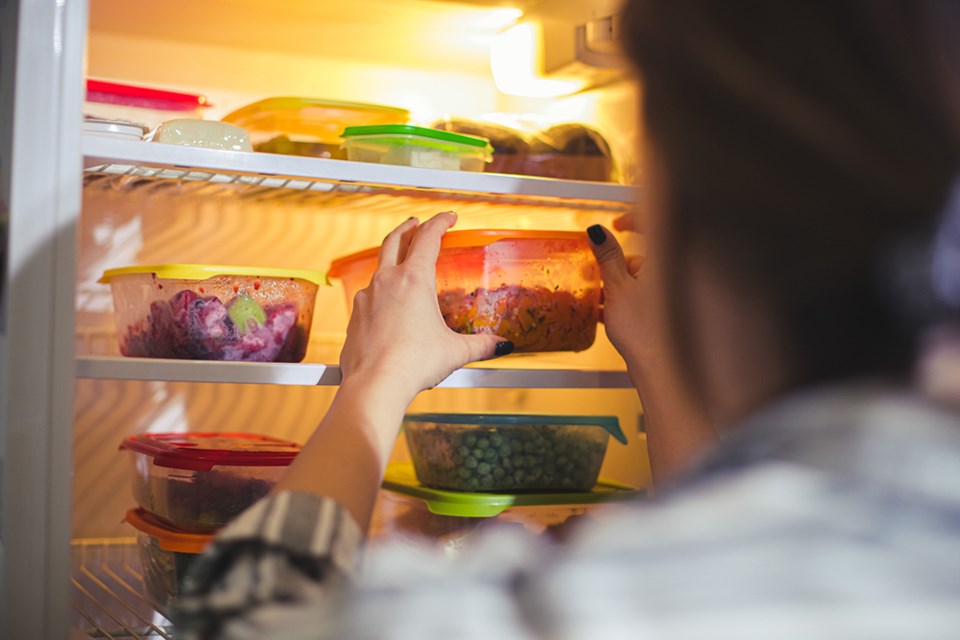Your belt buckle may still be expanded from Thanksgiving’s feast and leftovers, so food waste might be the last thing on your mind.
That said, we often allow leftovers and even food straight from the store to go to waste. More than 60 per cent of the food that we waste, in fact, could have been eaten. Understanding food labelling and the best ways to store food reduces this needless waste considerably.
Being discriminate about where we store food in the fridge is perhaps as important as using the fridge at all. The door is the warmest part and is best for less temperature-sensitive items such as jams, pickles and condiments. The top shelf is recommended for leftovers and food that you want to use first so it doesn’t spoil.
Having an “eat me first” bin for slightly limp veggies and that last cube of cheese at eye level make these more likely to get used up by all in the household. Not surprisingly, the middle shelf is the coldest and best place to store milk, dairy and eggs.
Raw meat, poultry and seafood can be stored on trays or in sealed containers on the bottom shelf to prevent drips and contamination of food below in crispers.
Ever wonder what the slide levers on your crisper were for? Humidity control. If you have these, adjust one to high humidity for storage of most vegetables and the other for low humidity to extend the life of your fruit and mushrooms.
Certain fruits give off a gas that helps speed up the ripening of other foods around them. You can work ethylene gas in your favour by placing something you want to ripen in a paper bag with one of the following: apples, bananas, kiwis, tomatoes or avocados. Avoid storing these together if you are concerned about them ripening before you can get to eating them.
Sometimes we toss food unnecessarily, thinking that passing the best before date means it is no longer safe to eat. While some foods are more sensitive to longer term storage, like meat and dairy, plenty are not.
Best before or use by dates are, in fact, an indication of quality, not safety. Unopened and properly stored food is often good long after these dates, which indicate peak freshness, taste and nutritional value. If discerning the dates is confusing, note that they are usually year/month/day or month/day.
Love Food, Hate Waste is a national campaign that has a thorough guide for food storage that is worth the time to check out. It offers tips that will extend the life of your food and the cash in your pocket.
Apples, for instance, ripen six to 10 times faster at room temperature than in the fridge. Slicing up and freezing some when you have an abundance prepares them for future pies and applesauce instead of the compost pile.
Peeled and pitted avocados can be frozen. If you are only using half of an avocado, leave the pit in and squeeze a bit of lemon or lime juice to prevent browning.
Test for the freshness of eggs by placing them in a glass of water. If they sink they are fresh, but if they float to the top they are no longer good to eat. Slightly submerged eggs should be eaten sooner than later.
Food is precious and life-sustaining. Honouring the full life cycle of the food we bring into our home is a way of caring for the earth that nourishes us.
Let’s Talk Trash is contracted by qathet Regional District to offer its waste reduction education program. For more information, email [email protected] or go to LetsTalkTrash.ca.



